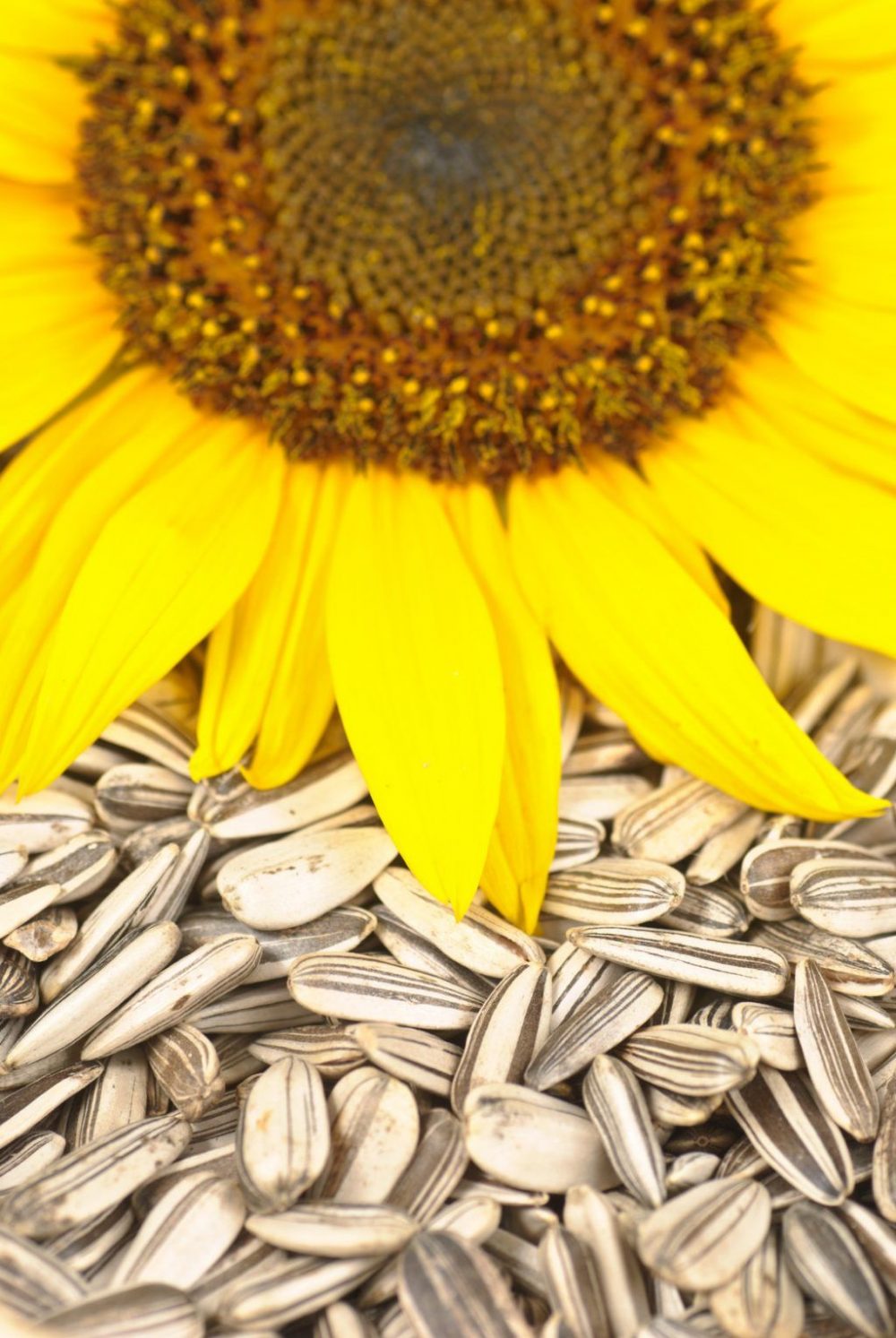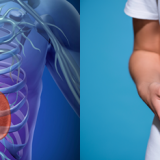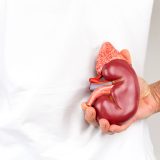

According to The American Heart Association, about one in three U.S. adults have high blood pressure, or hypertension. The bad news is that hypertension increases the risk of heart disease and stroke – the first and third most common causes of death among Americans. The good news is that can take an active role in preventing and controlling high blood pressure by curbing your salt intake and increasing your consumption of foods high in potassium.
Hypertension
High blood pressure is one of the most common, serious health conditions in the U.S. Unfortunately, many people don’t know that they are hypertensive, and thus are not aware of the risks they harbor. Measured in millimeters of mercury, blood pressure readings are divided into the following categories:
- Healthy Blood pressure – 120/80 mm/Hg and below
- Pre-hypertension – Between 120/80 mm/Hg and 139/89 mm/Hg
- Hypertension – 140/90 mm/Hg or above
Blood pressure screening and lifestyle interventions to lower blood pressure are honored by both Western physicians and complementary healthcare practitioners as a necessary component of preventive medicine. Losing weight is considered the most effective way to lower blood pressure; however, appropriately adjusting your dietary sodium and potassium levels also directly impact blood pressure.
Salt
Doctors first noticed a link between hypertension and salt in the early 1900s, when they found that restricting salt in patients with severe hypertension reduced blood pressure. Since then, scientists have continually confirmed the link between salt and blood pressure.
An adjunct faculty member of the University of California, San Diego School of Medicine, Mark Stibich, Ph.D. describes how salt influences blood pressure:
“Salt (sodium) is essential to our bodies. Normally the kidneys control the level of salt. If there is too much salt, the kidneys pass it into urine. But when our salt intake levels are very high, the kidneys cannot keep up and the salt ends up in our bloodstream. Salt attracts water. When there is too much salt in the blood, the salt draws more water into the blood. More water increases the volume of blood which raises blood pressure.”
Experts advise people to limit their sodium intake to 1,500 to 2,300 milligrams (mg) per day, yet Americans typically consume as much as 7,200 mg a day. An estimated 80 percent of the average person’s daily salt intake comes from processed foods. Foods high in salt are often deceiving, with one serving of macaroni and cheese at 580 mg of sodium and one serving of butternut squash soup totaling 750 mg! Needless to say, checking labels for sodium content is especially important for the one-third of Americans with high blood pressure.
Potassium
According to a medical review published in Journal of Clinical Hypertension, an optimal ratio of potassium to sodium may help millions of Americans reduce their risk of hypertension. “Our review showed that an increase in potassium with a decrease in sodium is probably the most important dietary choice (after weight loss) that should be implemented to reduce cardiovascular disease,” says lead author Mark Houston, M.D., director of the Hypertension Institute at Saint Thomas Hospital and associate clinical professor of medicine at Vanderbilt University School of Medicine.
The recommended potassium intake is 4,700 mg/day, but national surveys show that 95 percent of Americans don’t come anywhere near this amount. Adapted from the Clinical Management of Hypertension, 8th Edition, the following foods are particularly high in potassium and low in sodium:
- 8 large prunes – 940 mg potassium and 11 mg sodium
- 3 ½ oz. sunflower seeds – 920 mg potassium and 30 mg sodium
- ½ medium avocado – 604 mg potassium and 4 mg sodium
- 1 slice watermelon – 600 mg potassium and 6 mg sodium
- 1 medium banana – 569 mg potassium and 1 mg sodium
- 1 cup orange juice – 496 mg potassium and 3 mg sodium
Fortunately, many can escape the perils of hypertension by adopting healthful lifestyle changes. Weight loss is typically regarded as the most important factor in blood pressure reduction. However, modifying your eating habits can also have a dramatic effect. By choosing foods low in sodium and high in potassium, the large percentage of Americans burdened by hypertension can autonomously lower their blood pressure.




